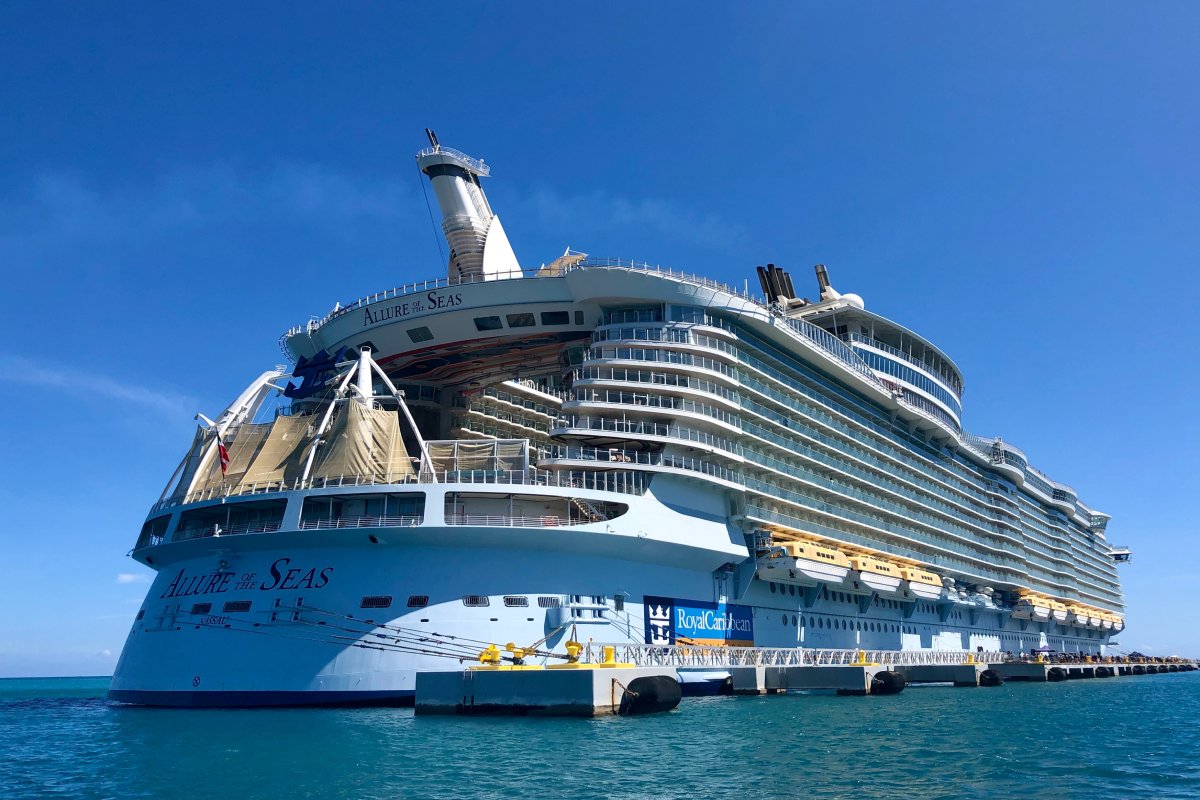Skift Take
Royal Caribbean seems confident it's smooth sailing now that the pandemic is over and passengers are ready to spend their savings on cruise experiences. But a potential recession could mess with all that.
Royal Caribbean Group heads into 2023 with booking demand stronger than it was in 2019, a fully operational fleet, and a passenger market ready to splurge on onboard experiences.
For the fourth quarter, total revenues per passenger cruise day were up 3.5 percent from 2019 for the same period. Revenue totaled $2.6 billion, which was higher than expectations, said Royal Caribbean Group President and CEO Jason Liberty on a quarterly earnings call on Tuesday. Still, the cruise line’s net loss stood at $500.2 million.
In the fourth quarter, 60 percent of the cruise company’s guests booked some of their onboard activities in advance of their cruise. Executives expect this behavior to continue into 2023. “So far, guests booked on 2023 sailings purchased onboard experience an average of more than two months earlier than in 2019,” said Liberty.
Executives said a big boost came from consumers sitting on a lot of savings and their growing interest in experiences.The biggest driver has been due to the technology investments that have facilitated consumer booking before and on the cruise.
“Our ability to get the consumer to book earlier is really the main force behind why we’re seeing an increase in onboard activity,” Liberty said. “Allowing them to plan what they want to do on the ship as well as shore excursions is certainly creating a great tailwind for us.”
Bookings outpaced 2019 and exceeded expectations, said Liberty. The seven biggest booking weeks in Royal Caribbean’s history occurred since the middle of November 2022. Booking windows are now “within a couple of weeks what’s normally been,” according to Liberty. Bookings heading into 2023 are stronger than they were in 2019 even though prices are higher.
Adjusted earnings before interest, taxes, depreciation, and amortization (EBITDA) amounted to $409 million. Load factor in the fourth quarter amounted to 95 percent, with Caribbean sailings reaching 100 percent, and holiday sailings close to 110 percent.
The full 2022 year was a return to normalcy for Royal Caribbean after a rough pandemic period. “2022 was a pivotal year as we successfully returned our business to full operations and delivered memorable vacation experiences to 6 million guests,” said Liberty.
For 2022, revenue totaled $8.8 billion. Revenue per passenger cruise day was up 4 percent from 2019. Onboard spend per passenger rose 30 percent from 2019. The company’s full fleet has been back in operation since June 2022 and load factor was 85 percent.
Royal Caribbean expects to increase its load factor by 14 percent compared to 2019 with eight new ships already introduced since 2019 and three more set to be delivered this year, said Liberty.
Even though China has opened up to travel, Royal Caribbean doesn’t expect that market to be back until 2024. There remains a ban on cruising and group travel in China and Japan’s covid protocols on Chinese tourists, which including testing and potential quarantines, are the main impediments, said Liberty. Executives expect these two obstacles to drop within the first half of 2023 and deliver a strong profitability boost in 2024.
Where the ongoing Ukraine-Russia war impacts Royal Caribbean is the unavailability of many parts of the Baltic region for ship deployment and higher energy prices for its European market, according to Royal Caribbean executives.
The Daily Newsletter
Our daily coverage of the global travel industry. Written by editors and analysts from across Skift’s brands.
Have a confidential tip for Skift? Get in touch
Tags: coronavirus recovery, cruise industry, earnings, royal caribbean, royal caribbean cruises
Photo credit: Royal Caribbean had a strong recovery in 2022 and is optimistic for 2023. Stephanie Klepacki / Unsplash

